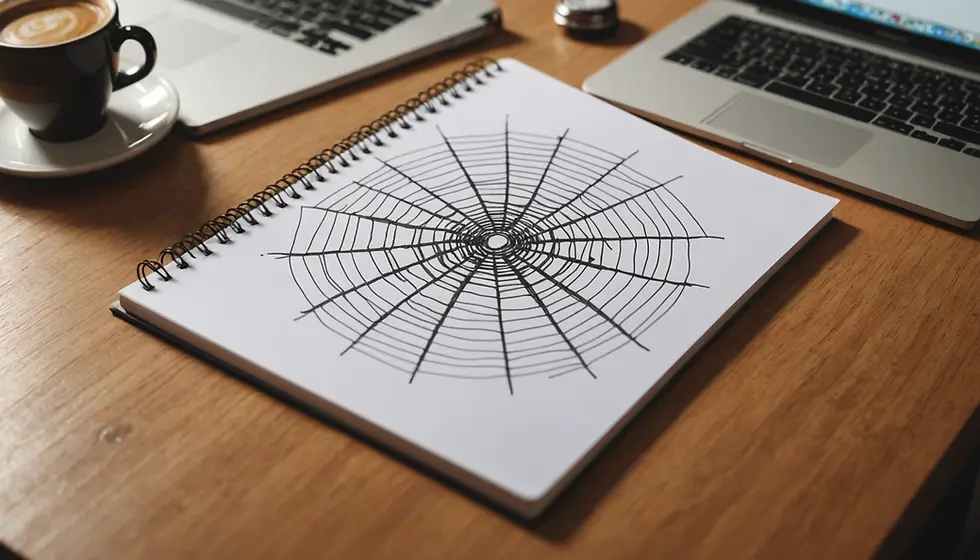Uncovering the Unseen: Exploring the Intricacies of Graphic Design
- Feb 28
- 3 min read
Updated: Mar 2
Graphic design is not just a creative outlet; it is a powerful tool that shapes how we perceive and understand information. From the images we see online to the logos that represent our favorite brands, graphic design has an undeniable impact on our daily lives. In this blog post, we will explore key elements of graphic design, highlighting how mastering them can elevate your work from ordinary to extraordinary.
The Importance of Color Theory
Color theory is a vital part of graphic design. It affects how we feel and think about what we see. For example, blue is often associated with trust and reliability. This is why brands like Facebook and Twitter use shades of blue; it encourages users to feel safe while engaging with their platforms. On the other hand, red can create a sense of urgency, which is why it’s frequently used for sale signs or discount announcements.
The color wheel helps designers understand relationships between colors, such as complementary (opposite each other) and analogous (next to each other) colors. By using combinations effectively, you can create designs that draw attention. According to research, color can lead to an increase in brand recognition by up to 80%. This illustrates just how essential a solid understanding of color choices is in building brand identity.
Typography: More Than Just Text
Typography goes beyond just choosing a font; it's about conveying a message clearly. It's an art that influences the way viewers interpret information. For example, a bold font can make headlines stand out, while a subtle serif font can enhance a brand's classic feel.
Consider the difference between Times New Roman and Arial. While Times New Roman can give a more formal and traditional vibe, Arial's clean, modern lines are often used for tech brands like Google to imply innovation.
The spacing, size, and alignment of text all play critical roles in making your design readable. Research shows that using proper line spacing can increase reading speed by up to 20%. Therefore, thoughtful typography not only makes your design visually appealing but also enhances user experience.
The Power of Composition
Composition refers to how elements are arranged within a design. A well-composed design guides the viewer's eye and establishes a sense of balance. Techniques like the rule of thirds, which divides your design into thirds both vertically and horizontally, can help create engaging and dynamic layouts.
Negative space is another critical element. For example, the logo for FedEx cleverly uses negative space to form an arrow between the letters E and X, symbolizing speed and precision. A good composition can break down complex information into digestible segments, making your message clearer.
Understanding User Experience (UX)
Understanding User Experience (UX) is essential in graphic design, especially for digital projects. UX design focuses on how a user interacts with a product, ensuring it is visually appealing and easy to navigate.
For instance, Amazon's design flows seamlessly—products are easy to find, and checkout is streamlined. This efficiency keeps users engaged and encourages repeat purchases. In fact, studies show that a good user interface can lead to a conversion rate increase of 200%, emphasizing why UX should be a top priority for designers.
Final Thoughts
Graphic design is filled with intricate details that contribute to its effectiveness. Mastering color theory, typography, composition, and user experience can empower you to create compelling designs that resonate with audiences. In our fast-paced visual world, continuing to refine these skills is crucial for anyone who wants to make a significant impact in graphic design.




Comments